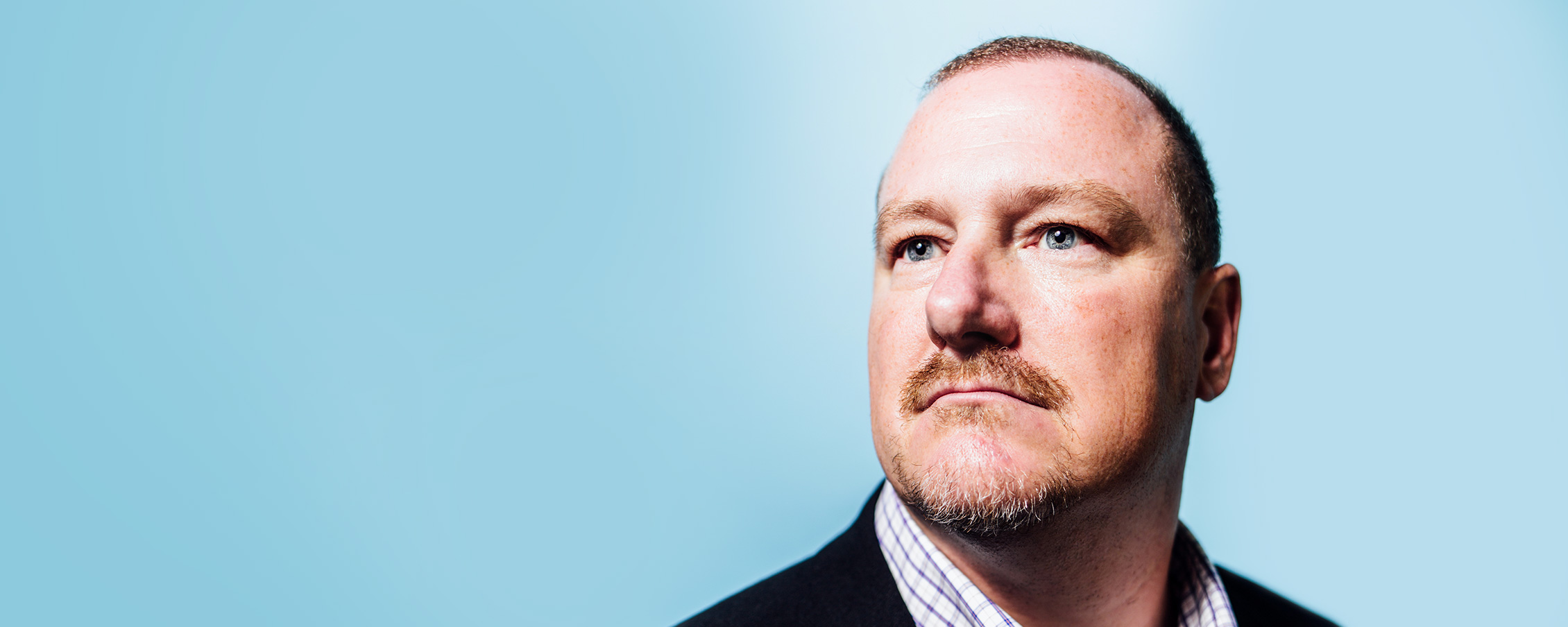“We have a program within the organization called Cookbook, and My Kitchen is a one-to-one component of it. The great thing about working for a B2B is we can talk to each of our customers individually because we can afford to do it. We don’t have millions of customers, so we can establish a true one-on-one relationship. We can drive sales intelligence to customers. My Kitchen is a completely customized effort where we reach out to every one of our customers and provide them with a unique, personalized offer strategy and content. It’s not a loyalty program, but it serves as a loyalty strategy, driving a relationship and a communication cadence where customers can anticipate the receipt of it. It’s delivered by the sales organization—and it’s also delivered online—and we push info through to categorical managers to let them know the greatest opportunities.
There are several offer strategies embedded into it that are built off of retail best practices. There’s a “thank you” component to it, acknowledging purchasing decisions made in the past and providing a small reward for doing their business against some of the most important items we’ve identified for their business. It’s all done predictably.
There’s a cross-sell component to drive affinity purchasing to categories they haven’t purchased before but have a high likelihood to purchase based on like-customers and their own buying behavior. There’s a component around greatest penetration of a category. If underpenetrated—in the poultry category for instance—and it’s clear they are not buying based on our predictive analytics, we drive for category penetration offers for additional volume and profit.
The last piece is a continuity piece, building a basket offer over a thirty-day period. We analyze and forecast what spend should be and provide a stretch to that spend. If they achieve that spend, they get a pretty healthy rebate. Each offer is a nice, one-off strategy. It’s the combination of those offers that drives a loyalty response that is more than just promotional. It sustains us over time.
The biggest thing we are able to do concerns pricing strategy. We’re somewhat unique to B2B because we can price to the customer, not the shelf like if you were in retail. Over the past twenty to thirty years, sales organization prices were based on tribal knowledge—observing history and a gut response to the market. Now, we are able to predict what the customer is willing to pay at that moment based on what they purchased and changes in volume in response to price. That has driven a groundswell around the organization about the opportunities that exist for predictive analytics.
We piloted the concept to two to three divisions two years ago and delivered a new price range for each customer and item. A lot of change was needed. We’ve seen an incredible, powerful life in profitability and gross profit. What the sales organization was really surprised about was how accurate the pricing was. They feared taking pricing out of their hands in front of customers but found it was accurate and raised profitability.
We use a net promoter score that’s able to look at key indicators—pricing confidence and price fairness. The irony is that as we generate more profit from the customer, our favorability has improved proportionally. That just proves there’s an opportunity to leverage predictive analytics to make a win-win. We’re making more profit but the customer sees the relationship as we understand where they are most price-sensitive and focus attention on the center of business. It’s done fairly and seamlessly and many don’t even know it’s happening—they just see results organically. The satisfaction with business has increased proportionally.
A cool example of what we can do right now is we are able to know if Eggs Benedict is on the menu for one of our customers. We are able to capture menu data and say that Eggs Benedict equals eggs, Canadian bacon, hollandaise sauce, and an English muffin. We can determine based on a transaction history what you’re buying from us and establish what opportunities exist. If you’re not buying hollandaise sauce from us, we can sell you hollandaise sauce. It’s not rocket science, but we can deconstruct a menu based on what we know about you as a company. We will know if you make that sauce from scratch and we can put the right product in front of you based on customers with similar buying habits. We can predict what pricing should be for the product and have strong confidence there will be a willingness to pay. We can send a personalized offer for that product. It shows we understand their business and we have a firm understanding of where our opportunity is.
Food service is very old-school. In a four-year period we have advanced this company along twenty-five years to become more than just an industry leader, but also a leader in the entire business community.”

